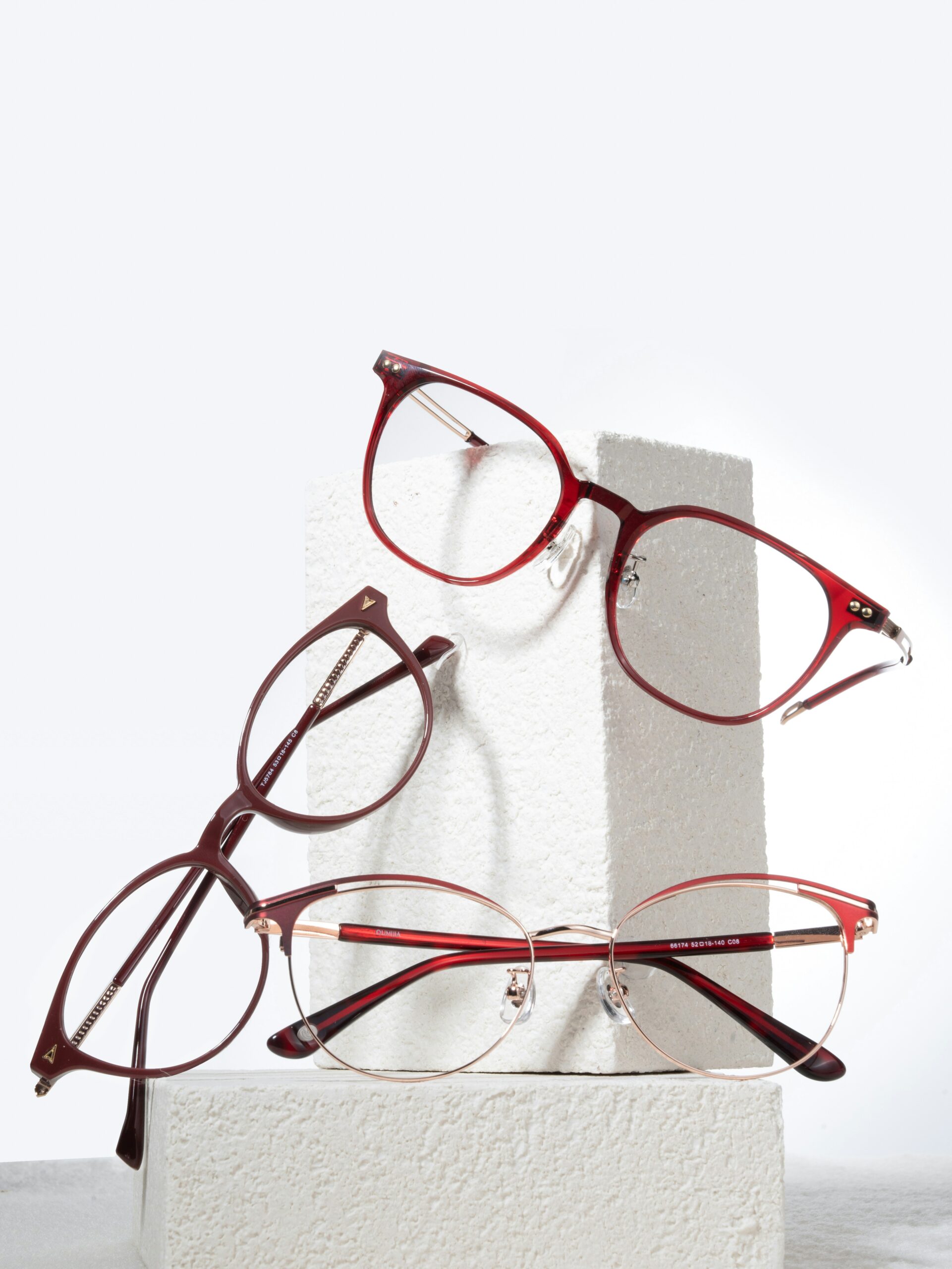
Eyeglasses have come a long way from their early origins, evolving from a practical tool for vision correction into a fashionable accessory. Eyeglasses have undergone numerous changes throughout history, reflecting technological advancements, culture, and personal style. From the ancient world to the sleek, high-tech frames of today, the evolution of eyeglasses mirrors the growing understanding of optics and the increasing importance of personal appearance. In this article, we will explore how eyeglasses have developed, examining their journey from simple magnifying tools to the stylish accessories they are today.
The Origins of Eyeglasses in Ancient Times
The history of eyeglasses dates back to ancient civilizations when people sought ways to improve their vision. These early magnifying tools were made from polished crystals or glass and used to read or inspect small objects. However, it wasn’t until the 13th Century that the first accurate eyeglasses emerged as we know them today.
In the late 1200s, Italy saw the invention of eyeglasses as vision correction devices, with the first known examples made from convex lenses. These early glasses were designed to correct presbyopia (age-related farsightedness) and were primarily used by scholars and monks for reading texts. These early frames were simple, often consisting of a metal or wood construction that held the lenses in place, but the idea of using lenses to improve vision marked a significant breakthrough. Despite their practicality, these early glasses were bulky and awkward, lacking the sleek design we associate with eyewear today.
The Rise of Eyeglasses in the Renaissance
During the Renaissance, eyeglasses gained popularity as literacy rates rose and the demand for reading glasses increased. As education and scholarly pursuits flourished, more individuals began to rely on eyeglasses to assist with reading and other close-up tasks. They continued to make lenses from glass, but they made the frames more comfortable and stylish. By the 16th Century, the first mention of spectacles with temples—arms that rest on the ears—appeared in Italy. This innovation made eyeglasses much easier to wear and represented a significant leap forward in their design.
During the Renaissance, people often saw eyeglasses as a status symbol; scholars, artists, and the wealthy elite were wearing them. Famous figures like Leonardo da Vinci and Galileo Galilei used eyeglasses, which helped associate eyewear with intellectualism and prestige. While many made frames from metal or wood, others crafted them from luxurious materials, such as gold or ivory, further emphasizing the wearer’s social status. These early Renaissance eyeglasses were primarily functional, but their design hinted at the growing importance of eyewear as both a practical tool and a symbol of sophistication.
The Industrial Revolution and the Mass Production of Eyeglasses
The Industrial Revolution in the 19th Century brought significant advancements in manufacturing, and eyewear was no exception. The mass production of eyeglasses became possible with the advent of industrial machinery and new materials, making them more affordable and accessible to the general public. Benjamin Franklin’s invention of the bifocal lens in the 1780s further revolutionized eyewear by providing a solution for people who suffered from nearsightedness and farsightedness. Franklin’s innovation allowed for seamless transitions between different vision needs, which became an essential feature in modern eyeglasses.
By the mid-1800s, eyeglasses had evolved from luxury items into everyday essentials for many people. The frames became lighter and more durable, thanks to materials such as steel and later plastic. As the popularity of eyeglasses grew, new styles emerged to cater to different tastes. Eyeglasses were no longer just functional; they began to be viewed as a fashion accessory. The combination of style and practicality made eyewear a permanent fixture in the lives of many individuals, and the growing demand led to the development of a wide variety of frame shapes and sizes to suit different facial features and preferences.
Eyeglasses as a Fashion Statement in the 20th Century
The 20th Century saw eyeglasses transform from a purely functional item into a fashion statement. As Hollywood rose and celebrity culture grew in influence, people began associating eyeglasses with personality and style. Icons like John Lennon and Andy Warhol popularized bold, distinctive frames that reflected their unique identities. This shift marked the beginning of eyeglasses as an accessory to complement one’s fashion sense rather than simply a medical tool.
Throughout the 20th Century, eyeglass styles expanded, with frames coming in various shapes, colors, and materials. The 1950s and 1960s saw the rise of large, thick-framed glasses, often worn by intellectuals and artists. In comparison, the 1980s brought about the popularity of smaller, more minimalistic frames influenced by the burgeoning tech industry. The growing focus on eyewear fashion made it clear that glasses were no longer just for vision correction—they were now an essential part of personal style.
Modern Eyewear: Technology Meets Style
In the 21st Century, eyeglasses have continued to evolve, with technological advancements making them lighter, more durable, and more functional than ever before. Modern materials such as titanium and acetate have made frames more substantial and flexible, while lens technology offers better clarity and UV protection. Many brands now collaborate with fashion designers, making glasses an essential accessory to complete an outfit. Moreover, the rise of prescription sunglasses has allowed people to enjoy the benefits of stylish eyewear in all lighting conditions.
Eyeglasses have evolved remarkably from their humble beginnings as rudimentary magnifying tools to their modern status as a fashion staple. What began as a simple solution for vision correction has become an accessory combining functionality with style. Whether in the form of luxury frames worn by scholars or the bold glasses sported by celebrities, eyeglasses have adapted to reflect both technological advancements and cultural shifts. As we look to the future, it’s clear that eyeglasses will continue to play an essential role in our vision and style, blending innovation with personal expression.